30 Signs Your Cat is Angry at You: What To Do Next?
As a devoted cat owner, you've likely experienced those perplexing moments when your feline companion seems to be giving you the cold shoulder. One minute you're basking in purrs and head bumps; the next, you're on the receiving end of a frosty glare. Recognizing the signs your cat is angry isn't just about avoiding scratches – it's a crucial step in building a stronger, more harmonious relationship with your furry friend.
Cats, masters of subtlety, communicate their emotions in ways that can be easy to miss if you're not tuned in. Every part of a cat's body can telegraph its mood, from the tip of its twitching tail to the set of its whiskers. By learning to read these cues, you'll be better equipped to address your cat's concerns and restore peace to your shared kingdom.
Key Takeaways:
- Cats express anger through a combination of body language, vocalizations, and behavioral changes
- Early recognition of these signs can prevent escalation and improve your bond with your cat
- Addressing the root causes of your cat's anger is essential for long-term harmony and happiness
Now, let's dive into the 30 behavior signs that your cat might be harboring some feline frustration:
The Tale of the Twitching Tail
A cat's tail is like a mood barometer. When you see it twitching rapidly or swishing back and forth with purpose, it's often a sign that your cat is agitated or annoyed. This is different from the gentle, swaying motion you might see when they're contentedly watching birds outside. A twitching tail is like a warning flag – proceed with caution!
Ears: The Feline Mood Antennae
Keep an eye on those expressive ears. When a cat's ears are pressed flat against its head, it's as if it's trying to make itself as streamlined as possible — ready for fight or flight. This flattened ear position is a clear indicator that your cat is feeling angry, fearful, or both. It's their way of saying, "Back off, I'm not in the mood!"
The Eyes Have It: Dilated Pupils
Have you ever noticed your cat's eyes suddenly resembling black saucers? Dilated pupils can signal various states of arousal in cats, including anger or aggression. While this can also indicate excitement or playfulness, when combined with other signs on this list, those big round pupils might be saying, "I'm ready to pounce, and not in a fun way!"
Vocal Displeasure: Hissing and Growling
Some signs are impossible to miss, and these vocalizations fall firmly into that category. When your usually quiet kitty starts hissing or emitting low, rumbling growls, they're basically shouting their displeasure. These sounds are your cat's way of saying, "I'm really not happy, and I'm not afraid to let you know it!"
The Not-So-Gentle Touch: Swatting or Scratching
Cats are typically precise and deliberate in their movements. If your feline friend suddenly becomes more prone to swatting or scratching – especially if it's directed at you – they may be expressing anger or frustration. This doesn't mean your cat has turned against you; they're likely trying to communicate that something in their world isn't right.
The Cold Shoulder: Avoiding Contact
Cats are often portrayed as aloof, but most cat owners know how affectionate these animals can be. If your usually cuddly cat starts actively avoiding your touch or presence, it could be a sign that they're upset about something. This avoidance behavior is their way of creating space when they're feeling angry or stressed.
Grooming Gone Wild: Excessive Licking
While cats are known for their fastidious grooming habits, excessive grooming can be a sign of stress or frustration. If you notice your cat obsessively licking one spot or grooming much more than usual, it might be their way of self-soothing when they're feeling angry or anxious.
Hide and Seek: Unusual Hiding Behaviors
Cats love their cozy nooks and crannies, but if your social butterfly suddenly starts spending most of their time hidden away, it could be a sign that all is not well in their world. An angry or upset cat might seek out hiding spots more frequently, using them as safe spaces to process their emotions.
Appetite for Destruction: Changes in Eating Habits
A cat's relationship with food can be quite telling. If your normally voracious eater suddenly turns their nose up at their favorite meal, it could indicate that they're feeling upset or stressed. Conversely, some cats might overeat when they're feeling emotional. Any significant change in appetite is worth noting.
Litter Box Rebellion: Inappropriate Elimination
When a cat starts urinating outside their litter box, it's often a cry for help. This behavior can signify various issues, including medical problems, but it's also a common way for cats to express their displeasure with their environment or with you. It's their way of saying, "Hey, I'm really not happy about something!"
Fluffed and Ready: Puffed-Up Fur
When a cat's fur stands on end, especially along their back and tail, it's like they're trying to make themselves look bigger and more intimidating. This puffed-up appearance, often accompanied by an arched back, is a classic sign of a cat feeling threatened or angry. It's their version of puffing out their chest to look tough!
The Stare-Down: Intense Eye Contact
Cats use eye contact to communicate various things, but a fixed, unblinking stare can be a prelude to aggressive behavior. If your cat is giving you or another animal the death stare, it's best to give them some space. This intense gaze is often a warning that they're not in a friendly mood.
Whisker Wisdom: Forward-Pointing Whiskers
A cat's whiskers are incredibly sensitive tools that help it navigate its world. When these whiskers point forward, it often indicates an aggressive or angry mood. It's like the cat is focusing all its sensory equipment on the source of its frustration.
Tail Talk: Low and Swishing
While a happily raised tail usually means a content cat, a low-hanging tail that sways back and forth or is held straight down can signal anger. It's like the feline equivalent of clenching your fists — a sign that your cat is not in a good mood and might be ready to lash out.
Vocal Variations: Unusual Sounds
Angry cats might express themselves through a range of vocalizations beyond the typical meow. Yowling, moaning, or making other unusual sounds can be their way of voicing displeasure. If your usually quiet cat suddenly becomes a chatterbox, they might be trying to tell you something's wrong.
Biting: The Sharp End of Anger
While playful nips are common in cats, unprovoked biting is a clear sign that your cat is upset. This behavior is especially concerning if it's a new development. A biting cat is saying, "I've had enough, and I need you to back off!"
Scratching Spree: Increased Furniture Damage
Cats scratch for many reasons – to mark territory, stretch, and maintain their claws. However, if you notice a sudden increase in scratching, especially directed at furniture or objects they don't usually target, it could be a way for your cat to express frustration or anger.
Playtime Gone Wrong: Aggressive Play
Play is an important part of a cat's life, but if your gentle play sessions suddenly turn into all-out warfare, your cat might be working out some anger issues. Watch for signs like extra-hard biting, extended claws during play, or a refusal to disengage when playtime is over.
Treat Rejection: Refusing Favorite Snacks
When a cat turns down its favorite treats, it's like a person saying no to chocolate — it doesn't happen without good reason. An angry or upset cat may refuse even the most tempting morsels, indicating that something is seriously bothering them.
The Meow Marathon: Excessive Vocalization
While some cats are naturally chatty, a sudden increase in meowing, especially if it's louder or more insistent than usual, can indicate that your cat is trying to communicate their displeasure. It's like they're saying, "Hey! Listen to me! Something's not right!"
The Bottlebrush Effect: Tail Puffing
A puffed-up tail, often resembling a bottle brush, is a classic sign of a scared or angry cat. When combined with an arched back, it's your cat's way of making themselves look as big and intimidating as possible. This posture screams, "Stay away, I'm not in the mood for company!"
Lip Service: Frequent Licking
While cats often lick their lips after eating, frequent lip licking when not related to food can be a sign of stress or anger. It's a self-soothing behavior that might indicate your cat is feeling uncomfortable or upset about something in their environment.
Misplaced Aggression: Redirected Anger
Sometimes, cats become angry at something they see or hear (like an outdoor cat or a loud noise) but can't directly confront. In these cases, they might redirect that anger towards you or another pet in the household. If your cat suddenly lashes out after seeing something upsetting, it may be redirecting its anger.
Sleep Disturbances: Changes in Resting Habits
Cats are champion sleepers, but changes in their sleeping patterns can indicate emotional distress. An angry cat might sleep more than usual to avoid the source of their frustration, or it might be too agitated to settle down for its usual catnaps.
Scratch Fever: Overuse of Scratching Posts
While it's great when cats use their scratching posts instead of your furniture, excessive use can sometimes indicate frustration. If your cat is attacking their scratching post with unusual vigor or frequency, they might be working out some anger issues. Click here for more information about cat scratching and simple solutions to your cat's behavior.
Feline Feng Shui: Knocking Things Over
Cats are natural explorers, and the occasional knocked-over object is to be expected. However, if your cat starts deliberately pushing things off shelves or tables more frequently, it could be their way of expressing anger or seeking attention. It's like a tiny, furry protest against whatever is bothering them.
The Zoomies: Sudden Bursts of Activity
While the "zoomies" (those random sprinting sessions around the house) can be a normal part of cat behavior, sometimes they can also be a way for cats to release pent-up frustration or energy. If these bursts of activity seem more frequent or intense than usual, your cat might be trying to work through some anger.
Clingy Kitty: Excessive Neediness
It might seem counterintuitive, but some cats become overly clingy when they're upset. If your usually independent cat suddenly can't bear to let you out of their sight, they might be feeling insecure or angry about something and seeking reassurance.
Furniture Strike: Avoiding Cat Equipment
If your cat suddenly starts avoiding their favorite cat tree, bed, or other equipment, it could be their way of expressing displeasure. This behavior might indicate that they associate these items with something negative, or they're trying to communicate their general unhappiness.
Heightened Reactivity: Overreaction to Stimuli
An angry or stressed cat might seem jumpier than usual, overreacting to normal household sounds or movements. If your usually calm kitty starts leaping a foot in the air at the slightest noise, it could be a sign that they're feeling on edge and possibly angry about something.
Understanding these signs is just the first step in addressing your cat's anger. The next crucial phase is to consider what might be causing these behaviors. Has there been a recent change in their environment, like new furniture or a different schedule? Are they getting enough mental and physical stimulation through play and enrichment activities? Is their litter box clean and easily accessible? Sometimes, what seems like anger is frustration, boredom, or even a health issue.
Once you've identified potential causes, you can take steps to address them. This might involve:
- Providing more interactive playtime to help your cat burn off energy and reduce stress
- Creating safe spaces in your home where your cat can retreat when they're feeling overwhelmed
- Ensuring your cat has plenty of vertical space to climb and observe their domain
- Addressing any health concerns with a veterinarian, as sometimes behavioral changes can be due to underlying medical issues
- Maintaining a consistent routine, as cats thrive on predictability
- Using pheromone diffusers or sprays to create a calming environment
Remember, patience is key when dealing with an angry cat. It's important to give them space when they need it, but also to make sure they know you're available for comfort and play when they're ready. Avoid punishing your cat for these behaviors, as this can often make the situation worse and damage your bond.
Consistent positive interactions, respect for their boundaries, and attentiveness to their needs will go a long way in maintaining a happy, harmonious relationship with your feline friend. By taking the time to understand your cat's body language and addressing their concerns, you're not just avoiding scratches – you're building a deeper, more rewarding relationship with your furry companion.
In the end, recognizing the signs your cat is angry and addressing the root causes isn't just about solving immediate problems. It's about strengthening the unique bond between you and your cat, ensuring years of purrs, cuddles, and feline contentment. After all, a happy cat means a happy home, and isn't that what every cat owner wants?
Return from Signs Your Cat is Angry at You to Cat Behavior
Healthy Cat Treat

Subscribe to Our Love Cats Digest e-zine
"A cat improves the garden wall in sunshine, and the hearth in foul weather." - Judith Merkle Riley
Marketing Strategies by
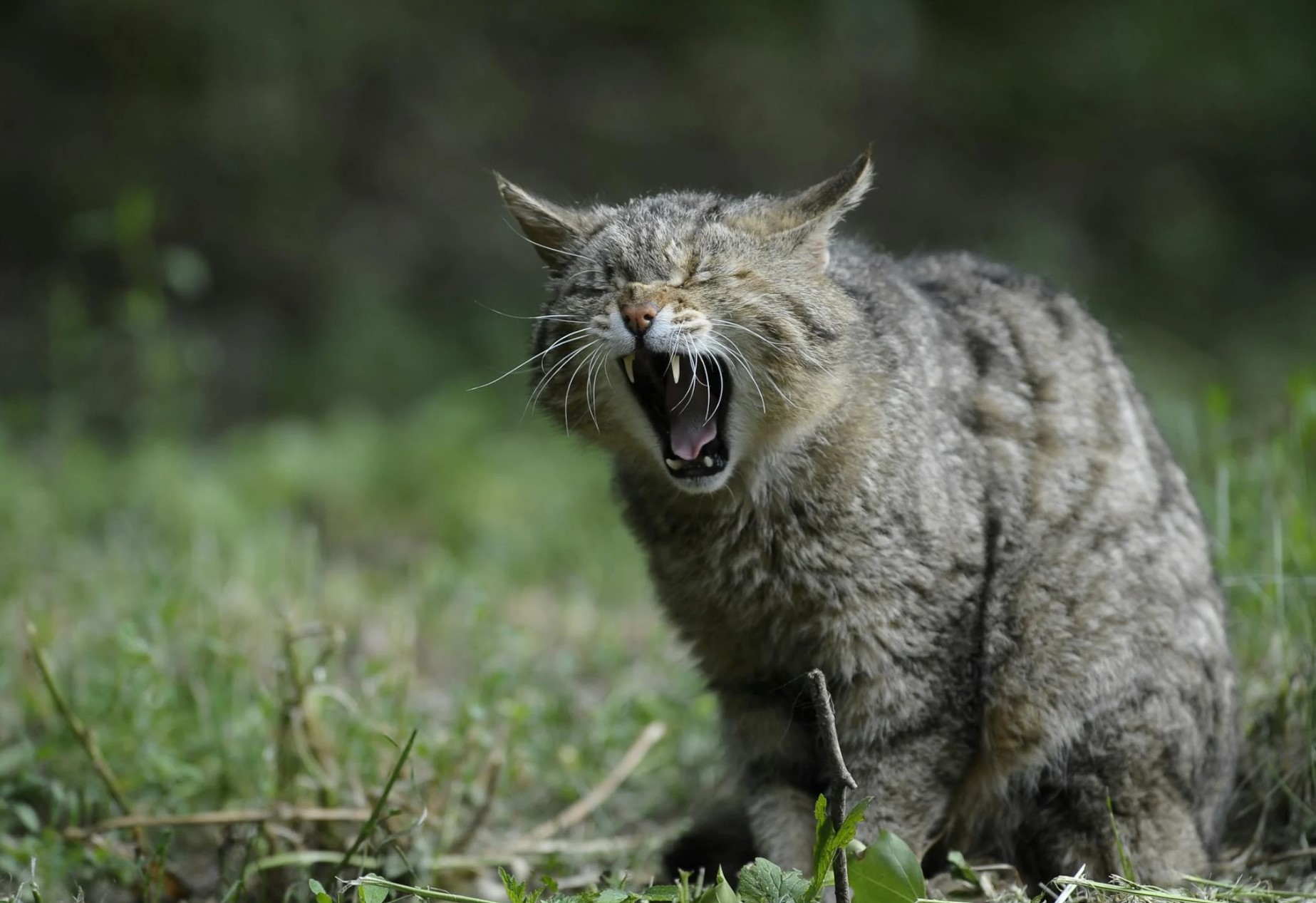
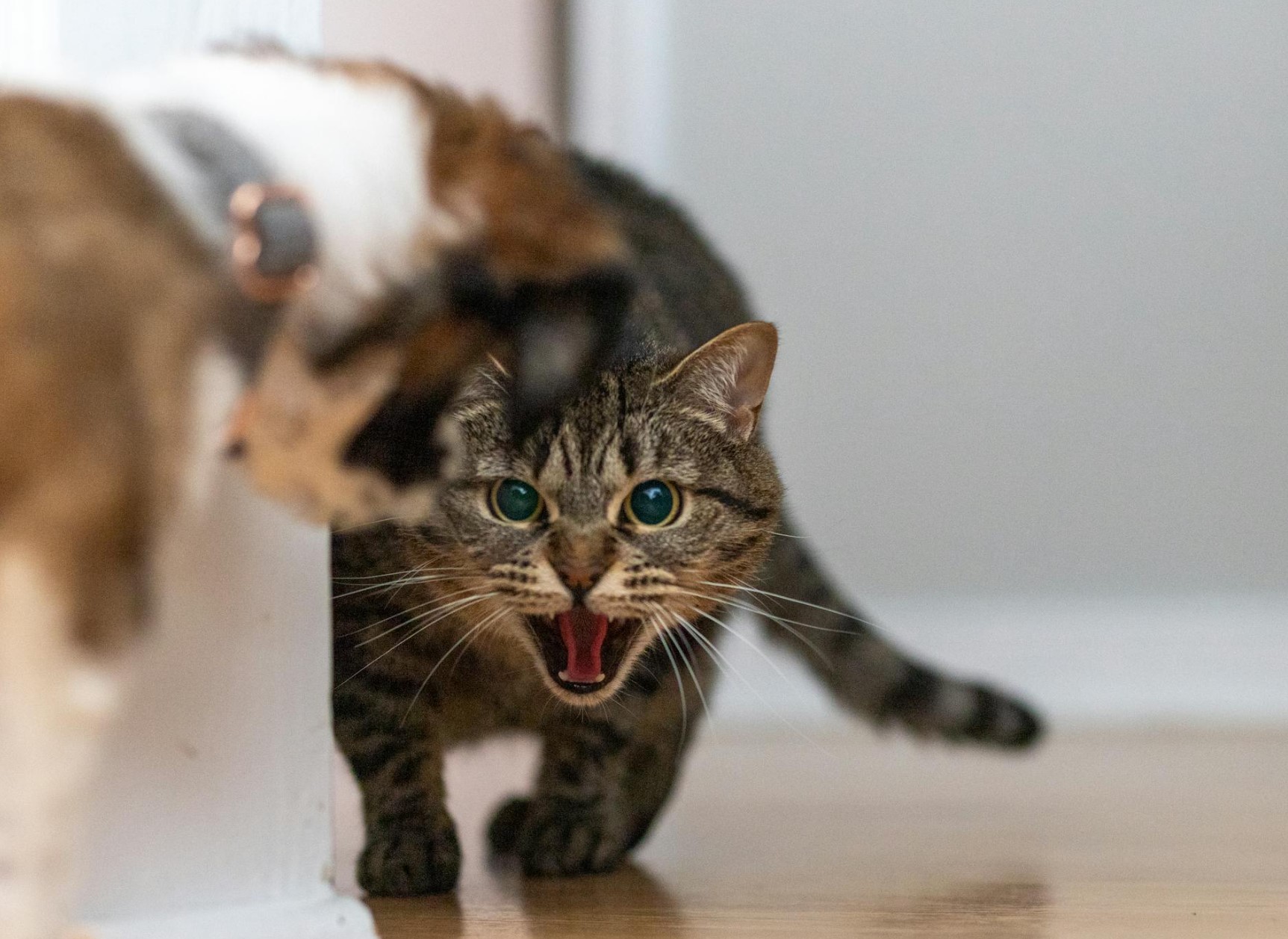
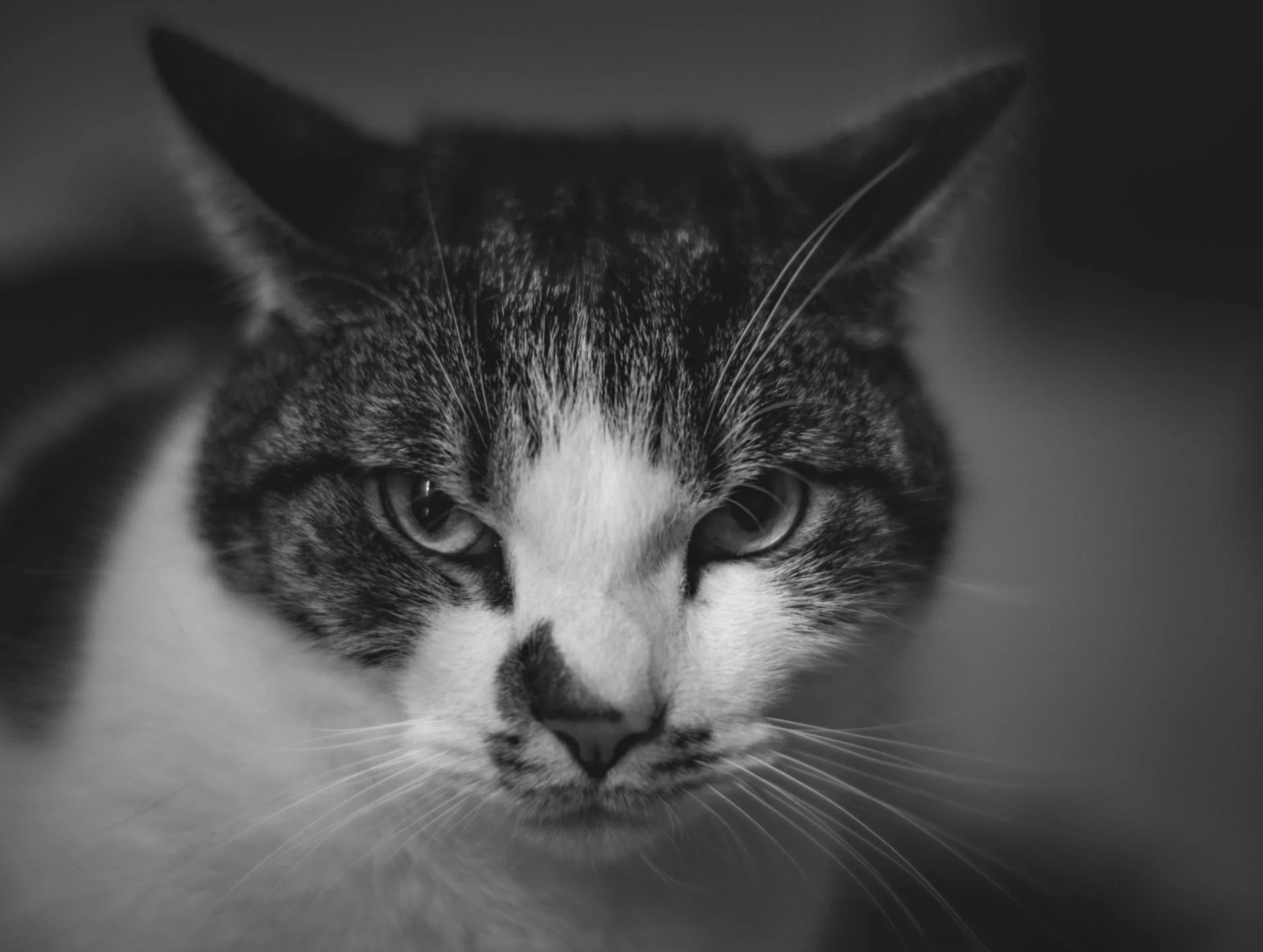
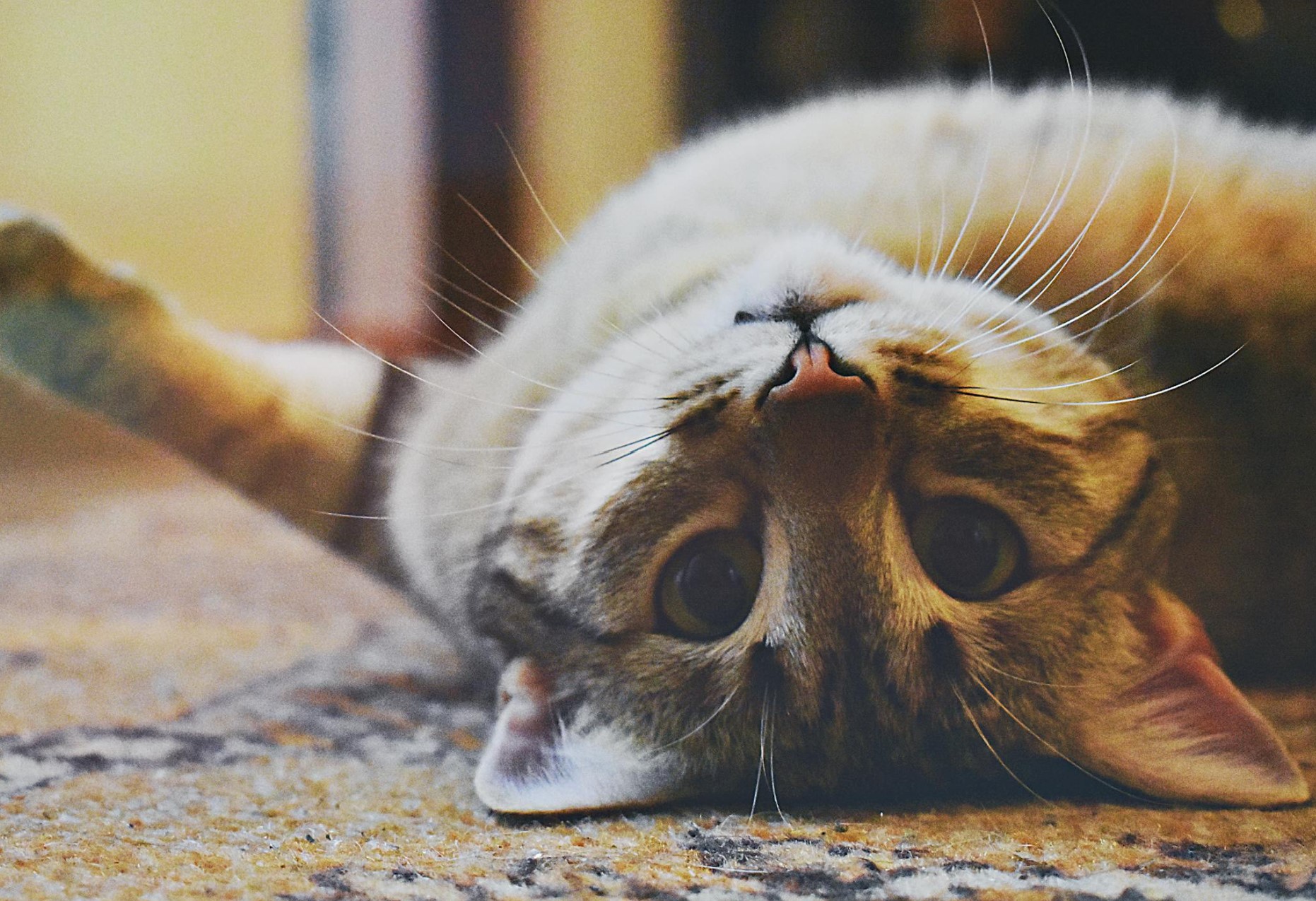







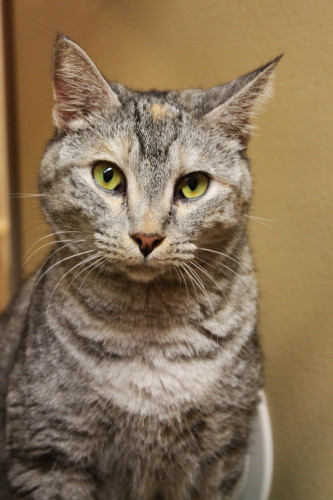

New! Comments
Have your say about what you just read! Leave me a comment in the box below.